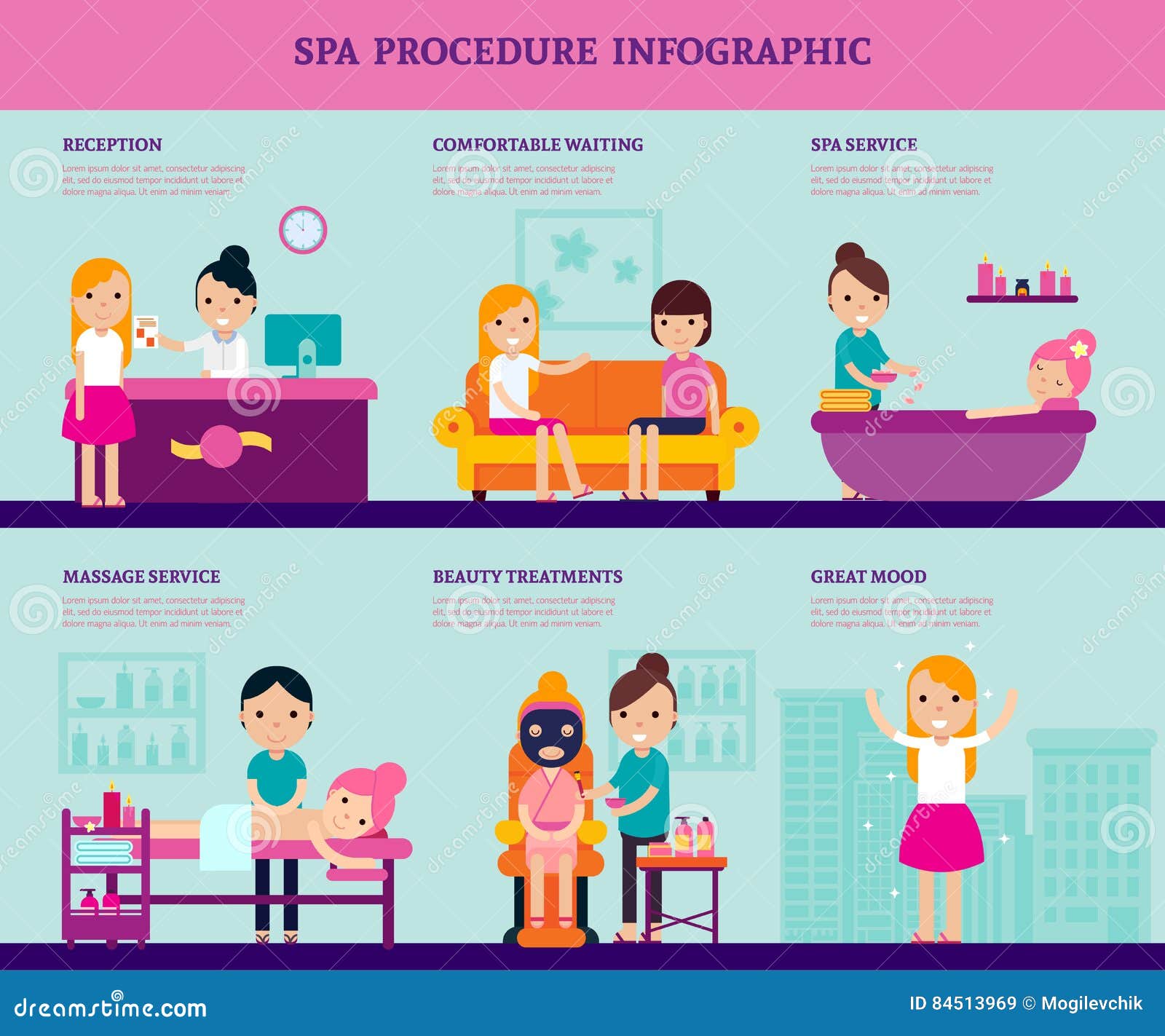Acne breakouts in the cheek area are caused by numerous things, from touching your face regularly to not altering your pillowcase usually sufficient. Picking at blemishes raises your danger of infection and scarring, and certain medicines can intensify dark spots (postinflammatory hyperpigmentation).
Luckily, there are several means to stop and deal with cheek acne. These consist of:
1. Hormone Modifications
Acne is mainly triggered by hormonal agents, particularly those created during adolescence and pregnancy. For some, a family history of acne may likewise contribute to their condition. Anything that clogs pores, such as oil-based skin care items or ceraceous hair items, can activate acne. Different topical treatments, like benzoyl peroxide and salicylic acid, can combat bacteria and unblock pores. Those with severe or persistent acne needs to look for therapy from their physician.
Prevent touching or squeezing your acne, as this can push several of the microorganisms deeper right into the skin, causing a much more severe breakout. It is also vital to transform pillow cases on a regular basis and utilize clean makeup brushes. You need to additionally attempt to prevent irritants such as friction from putting on a headgear or limited collar.
2. Diet
The greasy, sweet foods that many individuals believe trigger acne may actually refrain so. Actually, research studies have shown that consuming a diet plan rich in whole, nutrient-dense foods aids to stop breakouts.
Foods high in the glycemic index (such as white bread, corn flakes, puffed rice and potatoes, doughnuts and various other breads) increase blood sugar levels promptly, and this can boost hormones that boost oil manufacturing and cause acne.
Consuming cow's milk has additionally been connected to enhanced acne outbreaks. If you are a normal cow's milk drinker, you might intend to attempt switching to low-fat or nondairy choices that are strengthened with calcium. Additionally, drinking even more water can assist to reduce acne due to the fact that it aids to keep the skin hydrated.
3. Excess Oil
While oil is essential for healthy and balanced skin, it can end up being a problem when way too much sebum combines with dead skin cells and blocks pores. This mix can produce blackheads, whiteheads and acnes. The blocked pore wall can break down and spill microorganisms, dead skin cells best facial near me and sebum right into surrounding skin. This causes a red bump referred to as a pimple. Often these red bumps have pus in the center from a microbial infection. Larger infected bumps that resemble acne are called cysts.
There are numerous points that can trigger excess sebum and clogged pores, consisting of hormone variations, diet plan and daily behaviors. Some examples consist of touching the face often, relaxing your hand on your cheek, utilizing dirty make-up brushes and not changing pillow cases frequently.
4. Stress
If you're managing throbbing acnes or a slew of blackheads and whiteheads, it might be time to speak with a skin doctor. They can suggest an effective therapy that suits your skin kind. Practicing relaxation and stress-reduction techniques likewise helps.
Acne can happen in the cheeks due to friction and stress, such as when a person touches their face regularly or uses a hat or sporting activities helmet that scrubs versus the skin. It can also show up where greasy cosmetics and creams rub against the skin.
Stay clear of squeezing acne, as this can press infected product deeper into the skin and cause scarring. Rather, see a physician to learn more about preventative treatments like drug, skin care products and way of living changes. Consuming a healthy and balanced diet of entire foods, getting seven to 9 hours of sleep and utilizing noncomedogenic makeup and skincare items can all help reduce acne breakouts.
5. Hair Products
Hair items are not generally considered a cause of breakouts, yet they can contribute to acne on the cheeks in some individuals. Pomade acne, which is identified by small shut comedones and papulopustules, is commonly triggered by making use of oily hair products that contain comedogenic active ingredients such as certain oils and acetylated lanolin.
Selecting hair items that don't consist of these possibly comedogenic ingredients is a crucial action toward lessening outbreaks. Also, guaranteeing that hair items aren't coming in contact with the skin can assist stop outbreaks. For example, using a headscarf or bonnet at night can restrict hair-to-face call and reduce the possibility that leave-in hair items will certainly rub off onto the face.
In addition to utilizing a non-comedogenic cream and cleaning with an acne face wash, other practical approaches include:
